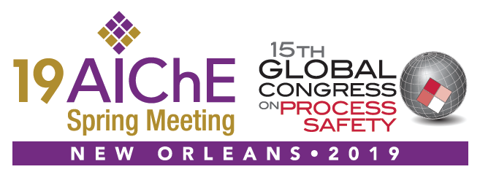

In addition to understanding that there is a hazard, and what this hazard may present, people need to understand how this specifically relates to their facility. There will be discussion time to better understand how you know if you have a dust issue or what can be done to determine if there is an issue. This will include dust sampling (how to collect it, where to collect it, when to collect it), dust testing and understanding the results. There are several tests that can be done to not only determine if your facility has a problem but the extent that problem can present. Once the dust has been analyzed, will you understand the results and what they mean to the facility?
Once a facility knows it has combustible dust, how is it addressed? What are some of the things that can be done to minimize the potential for an issue (fire, explosion, etc)? We will discuss housekeeping, electrical classifications as well as dust collection systems. In addition the discussion will mention the Dust Hazard Analysis (DHA) and how they can be completed.
Combustible Dust – what is it?
Combustible dust is defined as a solid material composed of distinct particles or pieces, regardless of size, shape, or chemical composition, which presents a fire or deflagration hazard when suspended in air or some other oxidizing medium over a range of concentrations.
Given the proper circumstances combustible dust can have extreme consequences.
Case Study 1 – Imperial Sugar: What happened? How did combustible dust play a role in this deadly explosion?
Case Study 2 – West Pharmaceuticals What happened? How did combustible dust play a role in this deadly explosion?
Review dust explosion statistics.
For a majority of explosions there is a fire or explosion
Sampling & Testing
Knowing its dangerous is one thing but a facility must also determine what its level of risk is. This involves sampling and testing. In order to sample for combustible dust it is recommended to get a representative sample but keep it to an given area – milling room, not ground floor.
There are several tests that can be performed. If you want to know if you have a problem but not how severe the problem may be, you can start with Sieve Test which tests the distribution of dust sizes. In addition to this test there is a Go/No Go test that will only determine if a sample is combustible not the extent. If these test show there is a combustible dust issue then other tests will determine the extent of the hazard. These include KST, Pmax, MEC, LOC, MIE, MIT.
Once a facility knows it has a combustible dust issue and the extent of that issue, what should be done.
- Housekeeping
- Electrical Classification
- Dust Collectors
- How do you know if your dust collector is compliant?
Dust Hazard Analysis (DHA)
DHA’s where initially supposed to be completed as of 2018 but, as of now, are required to be completed as of 2021. What is a DHA? It is similar in style ad focus to a standard Process Hazard Analysis but with an emphasis on dust.
HAZOP is still a viable approach
Checklist / What-if are commonly used
Common Pitfalls when dealing with Combustible dust
- Status quo
- Not performing a Risk Assessment
- As mentioned earlier they will be required by 2021
- You should know your risks before then
- You get what you pay for.
- Bargain equipment
- Used equipment
- Housekeeping
- Lack of a documented program and frequency
- Lack of adherence to housekeeping
- Buying the Cadillac but not knowing how to drive it or what it does.
Presenter(s)
Language
Pricing
Individuals
| AIChE Member Credits | 0.5 |
| AIChE Pro Members | $19.00 |
| Employees of CCPS Member Companies | Free |
| AIChE Graduate Student Members | Free |
| AIChE Undergraduate Student Members | Free |
| AIChE Explorer Members | $29.00 |
| Non-Members | $29.00 |
